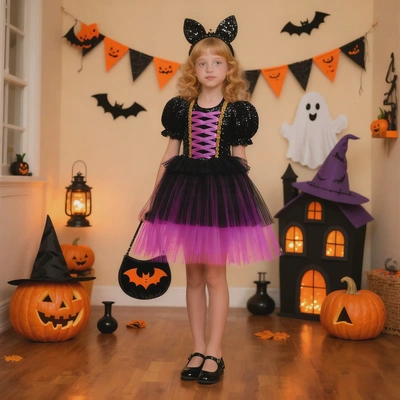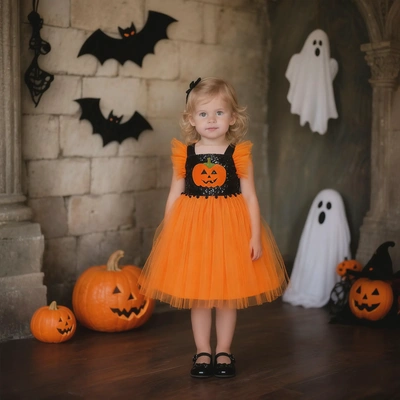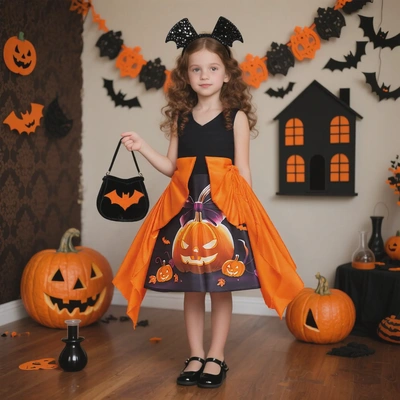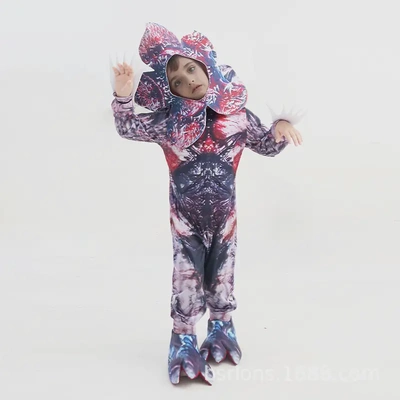Traditional Japanese Kimono vs Modern Anime Outfit: Which Is Easier to Wear?
Introduction
Both traditional Japanese kimonos and modern anime outfits offer unique aesthetic experiences. However, when it comes to ease of wear, several factors come into play. This article will explore these factors to determine which is more straightforward to put on and move around in.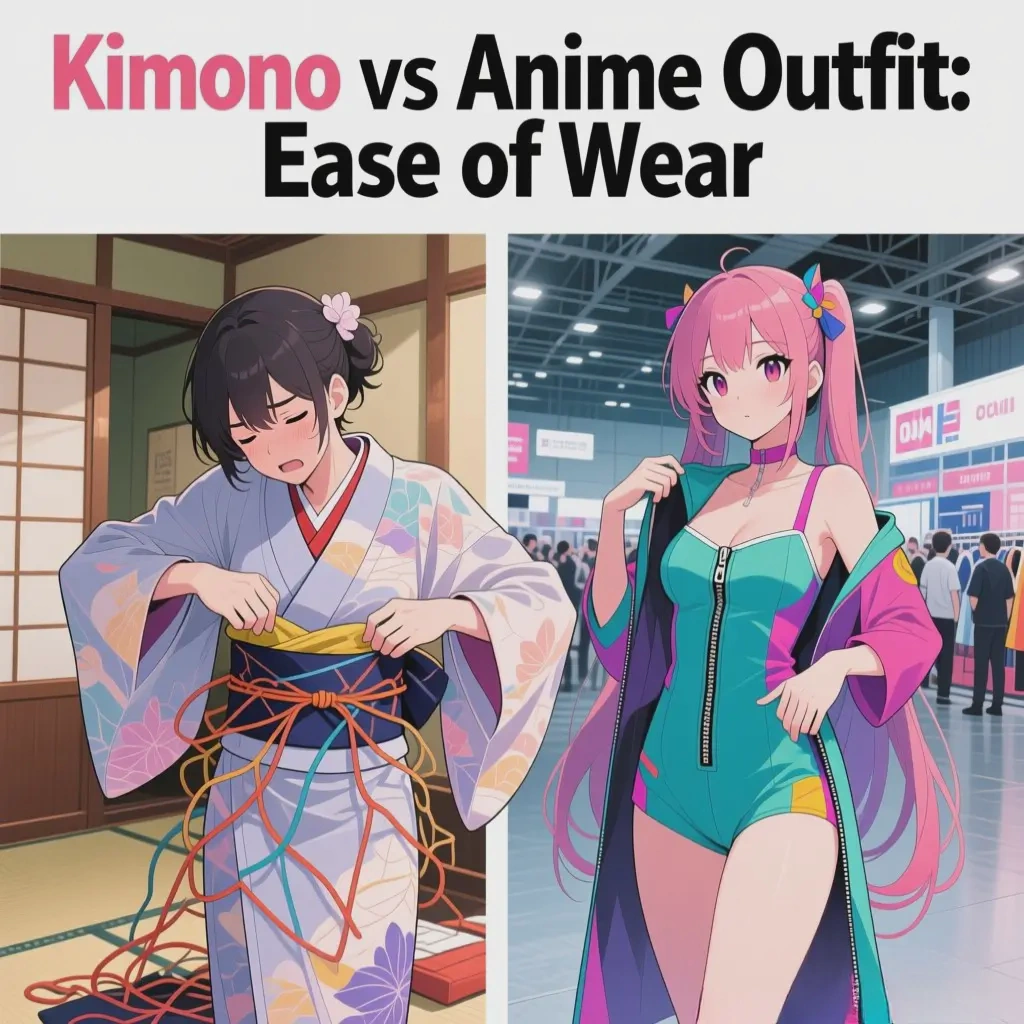
1. Structure and Complexity of the Garments
1.1 Traditional Japanese Kimono
- Intricate Wrapping and Layers: The traditional kimono is a complex garment. It consists of a long, T-shaped robe that is wrapped around the body in a specific way. There are multiple layers, including the undergarment (juban), the kimono itself, and various sashes (obi). The process of putting on a kimono involves precise folding, tucking, and tying. For example, the obi, a wide sash, must be tied in an elaborate knot at the back, which can be quite challenging to master. Different types of obi knots are used for different occasions, adding to the complexity.
- Specialized Techniques: Dressing in a kimono often requires specialized knowledge. The way the kimono is adjusted to fit the body, the placement of seams, and the overall alignment are all crucial. Without proper guidance, it's easy to misalign the kimono, making it look uneven or uncomfortable. Even for those familiar with the process, it can take a significant amount of time to get dressed in a kimono correctly.
1.2 Modern Anime Outfit
- Simplified Construction: Modern anime outfits typically have a more straightforward structure. They are often designed based on Western - style clothing construction, which is more familiar to a global audience. For instance, an anime - inspired school uniform might consist of a blouse, a skirt or pants, and a blazer. These pieces are easy to put on, similar to regular everyday clothing. There are fewer layers and complex wrapping techniques involved.
- Accessible Fastenings: Anime outfits usually feature common fastenings such as buttons, zippers, or Velcro. These are easy to operate, allowing for quick dressing. In contrast to the traditional kimono's reliance on sashes and ties, modern anime outfits' fastenings provide a more secure and convenient way to keep the garment in place.
2. Mobility and Comfort
2.1 Traditional Japanese Kimono
- Restricted Movement: The traditional kimono's long, flowing design and the way it is wrapped can restrict movement to some extent. The wide sleeves and the full - length skirt - like bottom can get in the way, especially when performing activities that require a lot of movement, such as running or climbing stairs. Additionally, the tight - fitting obi around the waist can feel constricting, making it difficult to bend or stretch comfortably.
- Specific Posture Requirements: To wear a kimono gracefully, one is expected to maintain a certain posture. Slouching or moving too erratically can disrupt the neat appearance of the kimono. This means that even when not engaged in strenuous activities, the wearer has to be mindful of their body language, which can be tiring over time.
2.2 Modern Anime Outfit
- Freedom of Movement: Modern anime outfits are generally designed with mobility in mind. They are cut in a way that allows for a wide range of motion. For example, an action - oriented anime character's outfit, like those in shonen anime, often has a more athletic cut, enabling the wearer to move freely. Whether it's running, jumping, or performing acrobatic poses, these outfits don't hinder movement as much as a kimono.
- Comfort - Oriented Design: Anime outfits often use comfortable fabrics and designs that adapt to the body's natural shape. They are less likely to have parts that dig into the body or cause discomfort, unlike the tight - bound obi of a kimono. This makes them suitable for long - term wear, whether it's for a day at a convention or during cosplay activities.
3. Familiarity and Learning Curve
3.1 Traditional Japanese Kimono
- Cultural and Technical Learning: Wearing a traditional kimono requires learning about Japanese culture and the specific techniques of dressing. There are numerous rules and customs associated with kimono wearing, from the way to choose the right kimono for an occasion to the proper way to handle the fabric. This learning curve can be steep for those who are not familiar with Japanese traditions.
- Professional Assistance: In many cases, especially for formal kimono wear, people seek the help of professional kimono dressers. These experts have years of experience and can ensure that the kimono is worn correctly. However, relying on professional help may not always be practical or accessible, especially for those outside of Japan.
3.2 Modern Anime Outfit
- Global Fashion Familiarity: Modern anime outfits draw inspiration from global fashion trends. Since most people are familiar with Western-style clothing construction and fastenings, putting on an anime outfit is relatively intuitive. There is no need to learn complex cultural rules or specialized dressing techniques.
- Self-Explanatory Assembly: The components of an anime outfit are often self-explanatory. A cosplayer can easily figure out how to put on a shirt, pants, or a jacket-like piece without much guidance. This makes it easier for beginners to start cosplaying in anime outfits.
4. FAQ
Q: Can you make a traditional kimono more comfortable for movement?
A: Some modern adaptations of the kimono, known as yukata (a more casual type of kimono), are designed to be more comfortable for movement. They are often made of lighter fabrics and have a more relaxed fit. Additionally, some people may choose to tie the obi less tightly or use alternative sashes to reduce constriction. However, compared to modern anime outfits, the traditional kimono still has inherent design elements that limit movement to a certain degree.
Q: Are there any anime outfits that are as difficult to wear as a kimono?
A: While most anime outfits are designed for ease of wear, some highly detailed or elaborate anime costumes may have complex elements. For example, an outfit inspired by a steampunk-themed anime with multiple layers of frilly skirts, corsets, and intricate accessories may require some effort to put on correctly. But generally, these are exceptions, and most anime outfits are much easier to wear compared to a traditional kimono.
5. Conclusion
In general, modern anime outfits are easier to wear than traditional Japanese kimonos. Their simplified construction, greater mobility, and lower learning curve make them more accessible for everyday cosplay or casual wear. However, the traditional kimono offers a unique cultural and aesthetic experience that is unparalleled, despite its challenges in terms of dressing and movement.

